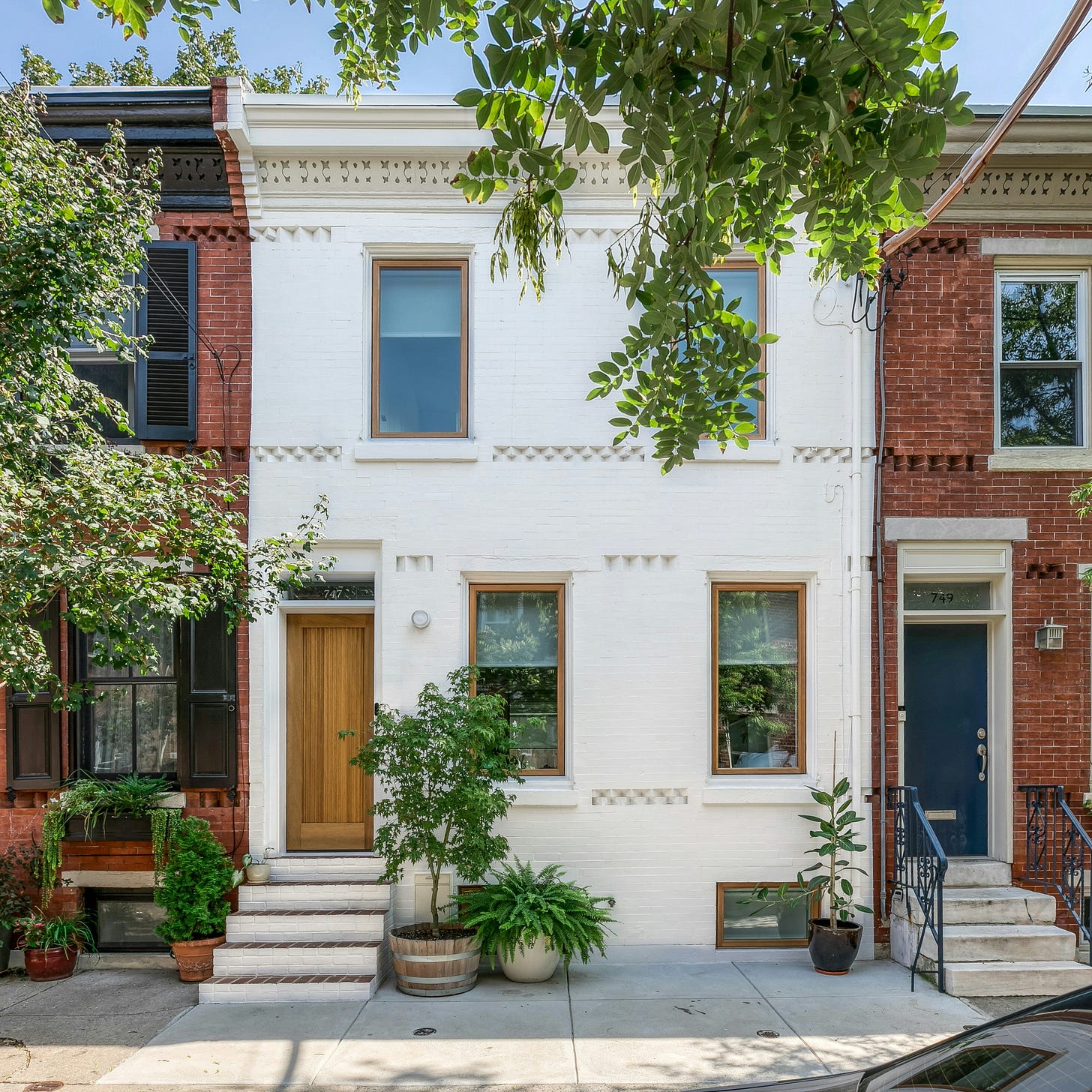When Sarah arrived in West Michigan in 2012, fresh out of college and eager to start her teaching career, she found a charming one-bedroom apartment in a vibrant neighborhood for $900 per month. Eleven years later, the landscape of her housing options had dramatically transformed. By 2023, escalating rental prices had pushed her out of the community she loved, forcing her to relocate to a small town 45 minutes away. "As a teacher," she reflects, her voice tinged with frustration, "I should be able to live in the community where I serve."
Sarah's experience is more than a personal story—it's a snapshot of a broader regional challenge. Between 2012 and 2023, West Michigan's household growth outpaced new housing construction by a significant margin. While the number of households expanded by roughly 25%, new housing development fell dramatically short, creating a critical supply gap that drove prices skyward.
The numbers tell a stark story: the region needed approximately 82,086 new homes to keep pace with growing demand, yet only 40,926 were actually built. This shortfall of nearly 41,160 housing units created a perfect storm of scarcity, driving up costs and pushing essential workers like Sarah to the periphery of the communities they support.
At its core, Sarah's journey illuminates a fundamental economic principle: housing supply is the backbone of affordability. While numerous factors influence housing costs, research consistently demonstrates how constrained housing development directly contributes to rising prices, transforming what should be stable communities into increasingly unaffordable landscapes.
The Basic Economics
The relationship between housing supply and affordability follows basic economic principles. When the supply of housing fails to keep pace with demand – whether due to restrictive zoning, lengthy approval processes, or other constraints – prices tend to rise. Conversely, when cities and towns allow adequate housing construction, it helps moderate price growth and improve affordability.
What the Research Shows
Several rigorous academic studies have examined this relationship in detail. Two particularly illuminating examples:
In their 2019 study published in the Journal of Urban Economics, "Supply Skepticism: Housing Supply and Affordability," Been, Ellen, and O'Regan analyzed housing markets across major U.S. metropolitan areas. They found that cities with more restrictive land use regulations and lower housing construction experienced significantly higher price growth compared to cities with more permissive building policies. Specifically, they documented that a 1% increase in housing supply was associated with a 0.4-0.7% decrease in rents, even in the short term.
Another influential study by Mast (2019) published in the Review of Economics and Statistics, "The Effect of New Market-Rate Housing Construction on the Low-Income Housing Market," examined the ripple effects of new housing construction. Using migration data from 12 major cities, Mast found that building new market-rate housing created a "migration chain" that improved affordability even in lower-income areas. When people moved into new housing units, they vacated their previous homes, creating opportunities throughout the housing market. The study estimated that for every 100 new market-rate units built, approximately 70 units were freed up in middle- and lower-income neighborhoods.
Policy Implications
These findings have important implications for housing policy:
1. Zoning reform matters. Cities need to examine whether their land-use regulations unnecessarily restrict housing supply. In 99% of communities the answer is unequivocally yes.
2. Streamlined approval processes can help. Long, complex approval processes add costs, uncertainty, and delay needed housing construction.
3. Both market-rate and affordable housing construction help improve overall affordability. While subsidized affordable housing is crucial in the short-term, market-rate construction plays a very important role in overall affordability over time.
4. Local Communities must be proactive about planning for growth. For as long as the regional population is expected to grow, communities should be identifying areas that are ideally situated to accommodate that growth and support the variety of housing types needed to match regional household formations. In other words, if the typical household is made up of just 1 or 2 adults without children at home, a larger share of potential housing options should be something other than detached single family homes on large lots. Single family homes will continue to be a preferred option for many. But making them the only option is a losing proposition.
The Way Forward
Addressing housing affordability requires a multi-faceted approach, but ensuring adequate housing supply that meets regional demand must be a central component of any solution.
In a few communities we work with, the political groundwork has already been established and local policy makers are ready to make the necessary changes right away. However, in most communities, there is still a fair amount of work to do in an effort to ensure that both policy makers and the community at-large understand these basic economic principles and their influence over housing affordability.
While some argue that new construction only serves high-income residents, the research shows that housing markets are interconnected – adding supply at any price point helps improve affordability throughout the market.
For people like Sarah, the solutions can't come soon enough. "I love teaching, and I love my community," she says. "But unless something changes with housing costs, I might have to consider leaving both." Her story reminds us that housing affordability isn't just about economics and policy – it's about creating and preserving diverse, vibrant communities where people of all income levels can thrive.
Policymakers and communities face legitimate challenges in balancing growth with other priorities. For many households, some form of subsidy is needed in the short-term to ensure that they can remain stably housed. However, the evidence is clear that artificially constraining housing supply tends to worsen affordability problems across the market and for every family in the region. This only leads to an increase in need for more subsidies, often creeping into middle-class households in addition to low-income households.
As cities grapple with housing costs, finding ways to enable adequate housing construction while simultaneously working to address other community needs will be essential.
---
*Note: While this post aims to accurately represent the research, readers should consult the original studies for complete methodological details and findings.*






Ryan, your blog post resonates deeply with many of us in West Michigan. Sarah's story is a poignant reminder of how the housing crisis impacts real people. It's disheartening to see dedicated professionals like her being pushed out of the communities they serve, especially since the problem is an artificial one we've imposed upon ourselves. The only thing preventing change is our unwillingness to amend words on paper.
As a small, infill developer, I find it frustrating that it's *illegal* for me to build more dense developments, but I can only build what I'm legally permitted to do, despite the clear need for more dense housing options.
I recently proposed four common-sense zoning tweaks that Grand Rapids could implement while awaiting the zoning ordinance overhaul to comply with the new Master Plan. These are the common things I run up against when trying to add density, so I believe these changes would push us in the right direction by unleashing developers like me who are trying to add more housing. I'd love to hear your thoughts and get your support in advancing them if you agree. https://www.nathanbiller.com/blog/zoning_tweaks/